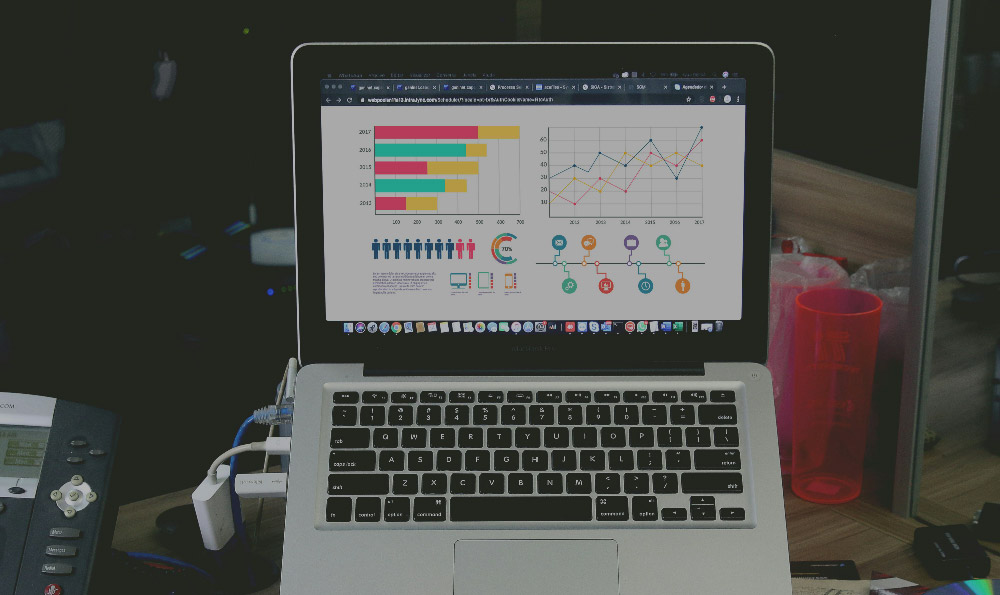Private equity (PE) firms operate within a complex financial ecosystem, generating profit through a multifaceted approach centered on acquiring, improving, and ultimately selling companies. Understanding their profit mechanisms and revenue model is crucial for grasping the dynamics of this significant segment of the investment landscape.
At its core, a private equity firm profits by buying companies, enhancing their value, and then selling them for a higher price than the initial investment. This seemingly simple concept is underpinned by a sophisticated process that involves careful due diligence, strategic operational improvements, and astute financial engineering. The difference between the purchase price and the sale price, minus operating costs and expenses, constitutes the firm's profit. However, the nuances of how they achieve this are considerably more involved.
One of the primary ways PE firms generate profit is through operational improvements. Upon acquiring a company, they often implement significant changes aimed at increasing efficiency and profitability. This can include streamlining operations, reducing costs, expanding into new markets, implementing new technologies, or improving management practices. The goal is to increase the company's earnings before interest, taxes, depreciation, and amortization (EBITDA), a key metric used to assess a company's financial performance. By boosting EBITDA, the company becomes more attractive to potential buyers and commands a higher sale price.

Financial engineering also plays a crucial role. PE firms frequently use leverage, meaning they finance a significant portion of the acquisition with debt. This amplifies the potential returns on their equity investment. For example, if a firm acquires a company for $100 million, using $30 million of their own equity and $70 million of debt, any increase in the company’s value accrues primarily to the equity holders. When the company is sold, the debt is repaid, and the remaining proceeds are distributed to the PE firm and its investors. While leverage can enhance returns, it also increases risk, as the company must generate sufficient cash flow to service the debt.
Furthermore, PE firms often extract value through dividend recapitalizations. After acquiring a company, they may issue new debt to pay a dividend to themselves. This allows them to recoup some of their initial investment relatively quickly. While this can be a controversial practice, as it adds debt to the acquired company, it's a common method for PE firms to generate returns.
The revenue model of a private equity firm is primarily based on two types of fees: management fees and carried interest. Management fees are typically charged as a percentage of the assets under management (AUM), usually around 2%. This fee covers the firm's operating expenses, including salaries, office space, and due diligence costs. Regardless of the fund's performance, the management fee provides a steady stream of income for the firm.
Carried interest, also known as the performance fee, is the share of the profits that the PE firm receives from successful investments. It is usually around 20% of the profits above a certain hurdle rate, which is the minimum return that investors must receive before the PE firm can take its share. This incentivizes the PE firm to maximize returns for its investors. Carried interest is the primary driver of profit for the firm and is the key to generating significant wealth for its partners.
The profitability of a PE firm is also heavily influenced by the timing of its investments and exits. Buying low and selling high is the name of the game. Identifying undervalued companies, improving their performance, and then selling them at the right time in the economic cycle is critical for maximizing returns.
Now, considering the digital asset space and platforms like KeepBit (https://keepbit.xyz), we can draw some parallels and distinctions. KeepBit, with its focus on providing secure and efficient digital asset trading services, shares some attributes with PE firms in terms of its business model, albeit within a very different asset class.
While PE firms deal with acquiring and improving entire companies, KeepBit facilitates the trading of digital assets, aiming to provide a platform for users to profit from market movements. Just as PE firms conduct due diligence on potential acquisitions, users on KeepBit must conduct their own research and analysis to make informed trading decisions. KeepBit, in this sense, provides the infrastructure and tools for its users to act as their own "private equity" investors in the digital asset market.
KeepBit differentiates itself through its global reach, regulatory compliance, and emphasis on security. Unlike some other platforms, KeepBit is registered in the US, holds international licenses, and maintains a strict risk management system. This focus on compliance and security is a crucial differentiator, particularly in the often unregulated world of digital assets. This level of commitment to security aligns with the due diligence focus that PE firms apply to target companies, ensuring a safe foundation for growth.
Furthermore, KeepBit's team, comprised of professionals from leading financial institutions such as Morgan Stanley and Goldman Sachs, brings a level of expertise and sophistication to the digital asset space that is often lacking. This team's experience in quantitative finance and risk management translates into a platform that is designed to be both efficient and secure.
In contrast to PE firms which often work with longer investment horizons, digital asset platforms enable more immediate and liquid opportunities for investors. The profits are derived from the appreciation of digital assets traded on the platform, and KeepBit seeks to provide a secure and transparent environment where users can maximize their potential returns. The regulatory backing and risk mitigation strategies put KeepBit ahead of less stringently managed exchanges, thus providing a more reliable trading atmosphere for global users across 175 countries. While PE firms often use debt to leverage their returns, digital asset traders can use margin trading (when available and appropriate) to amplify their potential gains (and losses), requiring robust risk-management, which KeepBit provides the tools and transparency for.
In conclusion, private equity firms generate profit through a combination of operational improvements, financial engineering, and strategic timing. Their revenue model is based on management fees and carried interest, incentivizing them to maximize returns for their investors. While the digital asset market operates differently, platforms like KeepBit share some underlying principles with PE firms, focusing on providing a secure, transparent, and efficient environment for investors to achieve their financial goals. KeepBit's emphasis on compliance, security, and a team of experienced professionals positions it as a leading player in the rapidly evolving digital asset landscape, offering a compelling alternative or complement to traditional investment strategies.












